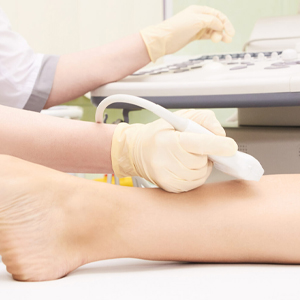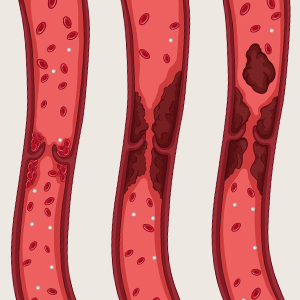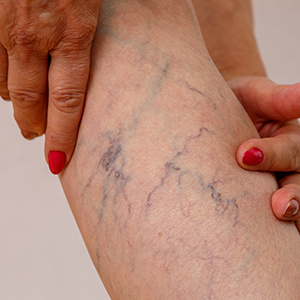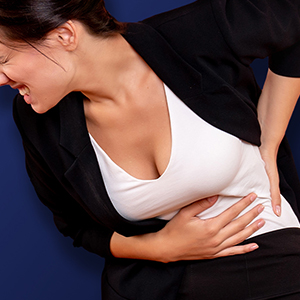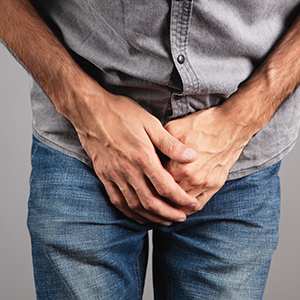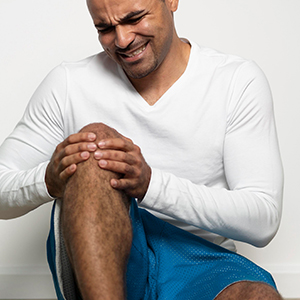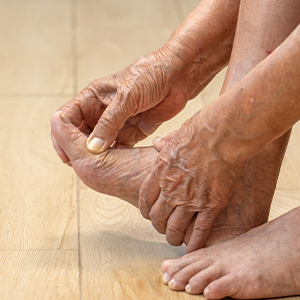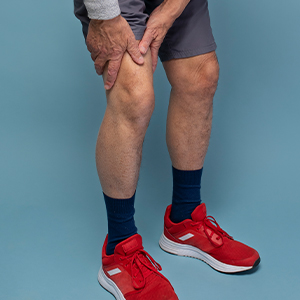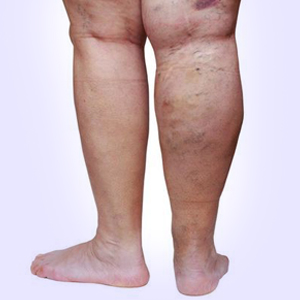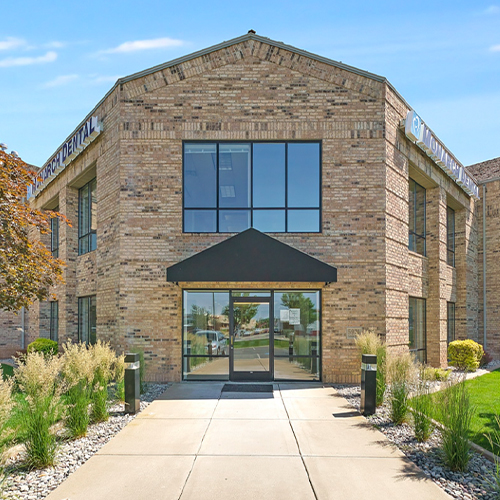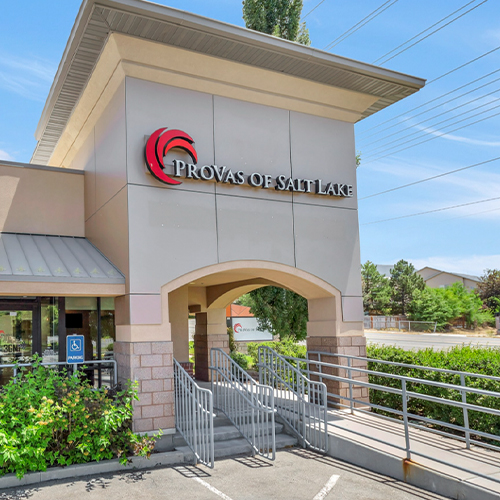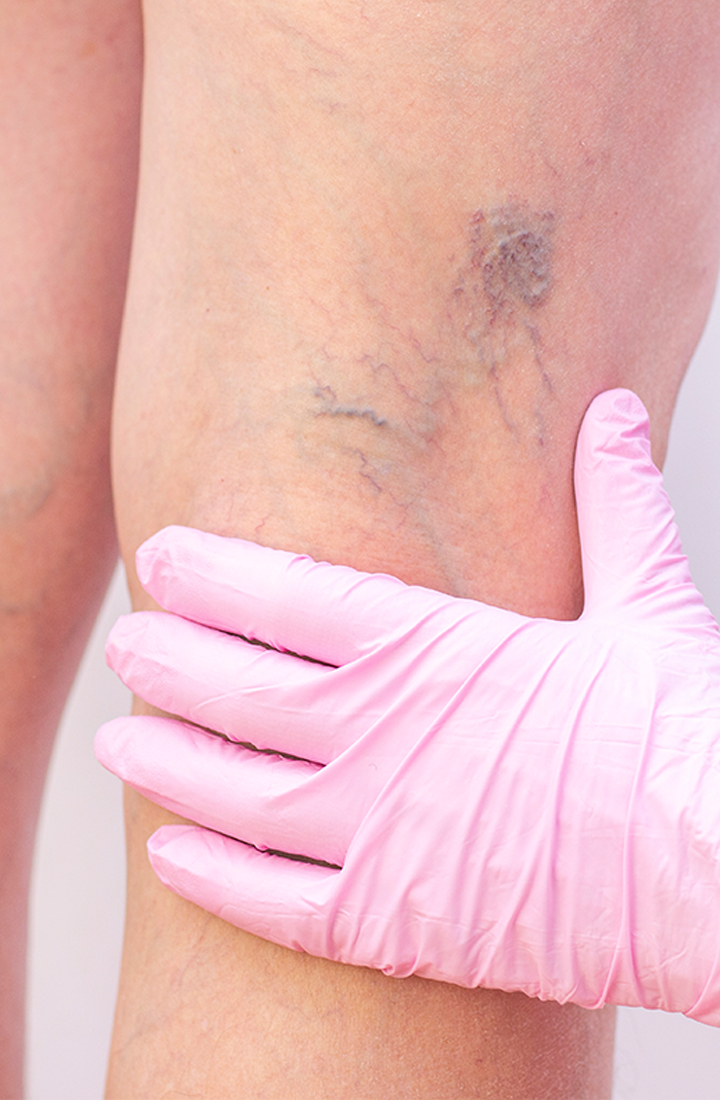
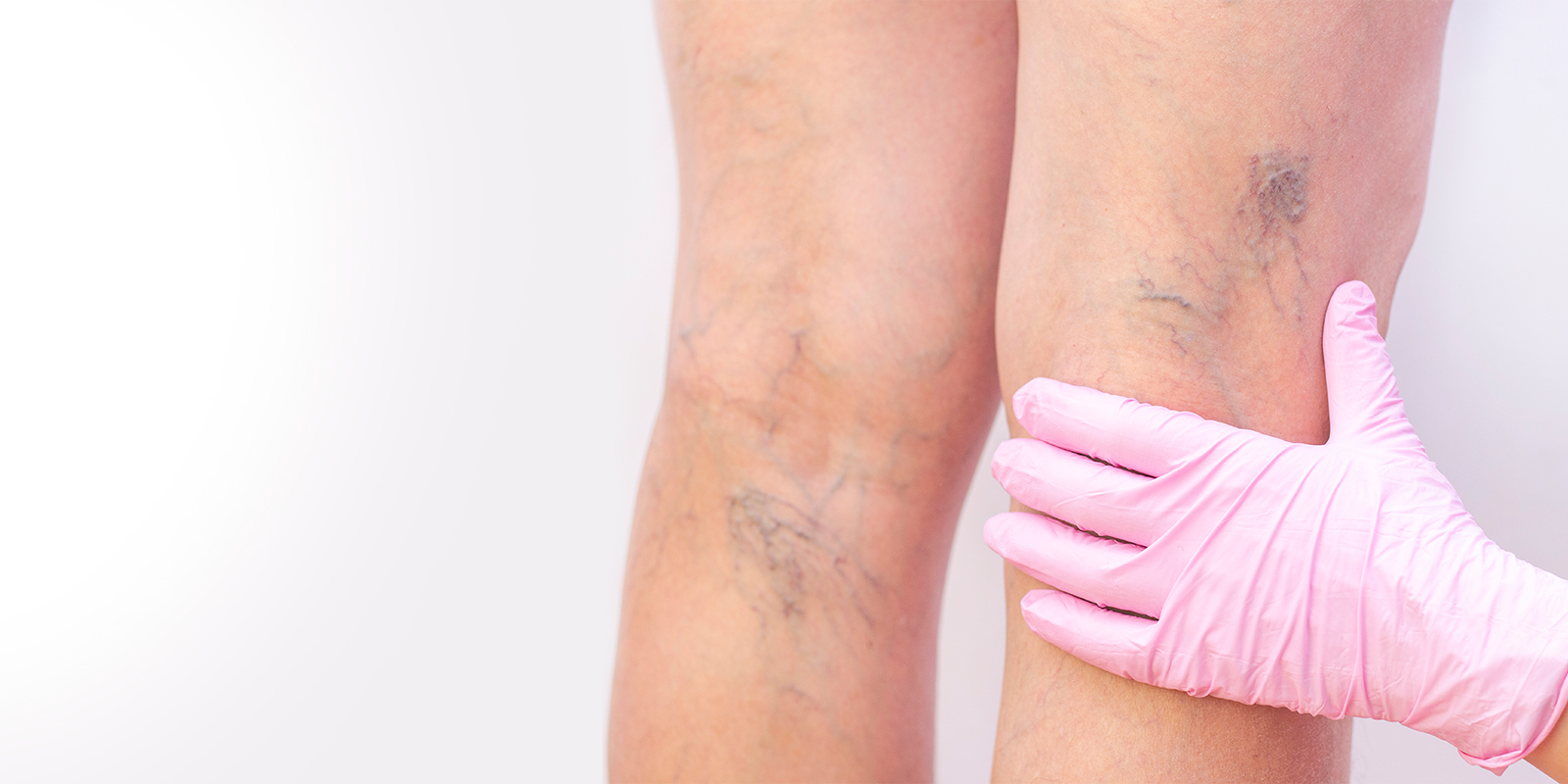
THANKS TO PROVAS, YOU HAVE OPTIONS
ProVas provides the highest quality care and minimally-invasive treatments for vein restoration, vascular care, and pain management. Our specialists are highly-trained on Venaseal and Varithena and are certified to treat all aspects of vein and vascular issues from varicose veins to complicated peripheral arterial disease as well as neuropathy cases.
ProVas is your local, leading specialist for vein and vascular health. With two convenient locations near you in Ogden and Sandy, you'll be able to get the care you need fast and efficiently. Call or click below for more information and to request an appointment today.
CALL USTHANKS TO PROVAS, YOU HAVE OPTIONS
ProVas provides the highest quality care and minimally-invasive treatments for vein restoration, vascular care, and pain management. Our specialists are highly-trained and certified to treat all aspects of vein and vascular issues from simple aesthetic varicose and spider veins to complicated PAD and neuropathy cases.
CALL US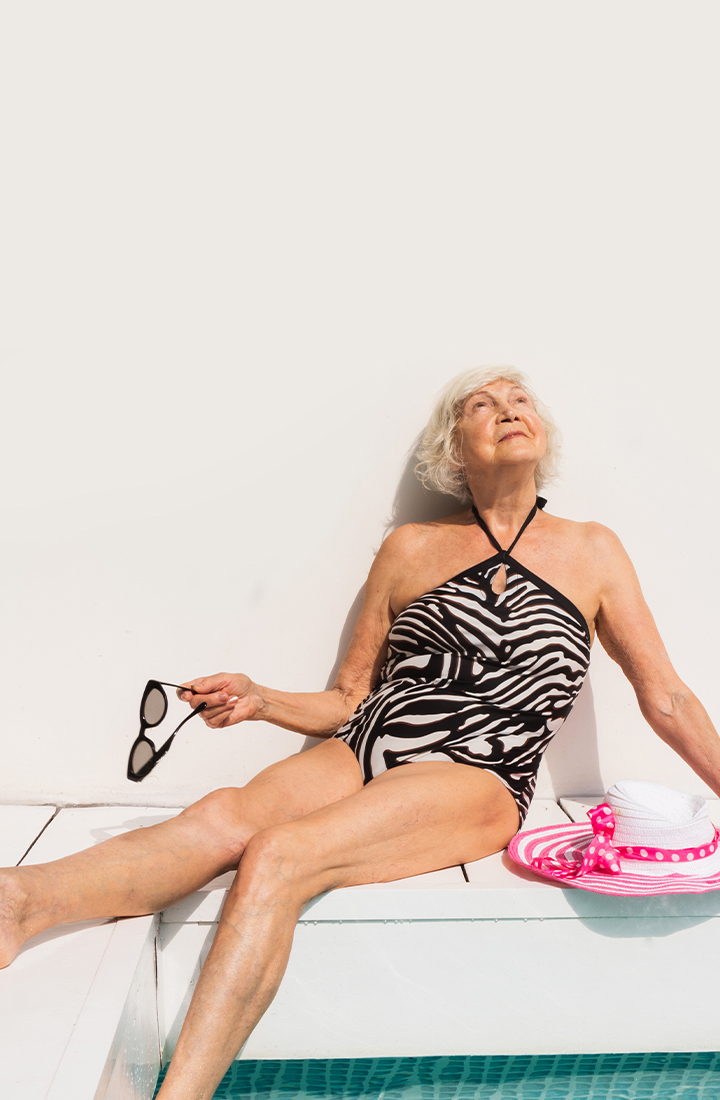

LIFE WITHOUT LIMITS IS LIFE WITH PROVAS
Vein problems are among the most widespread chronic health conditions in the U.S. By age 50, nearly 40% of women and 20% of men have serious leg vein problems. At least 20 to 25 million Americans have varicose veins. Varicose veins, or enlarged veins found in legs and feet, are hereditary. They can often develop after pregnancy, trauma or injury. You don't have to settle anymore! We have highly-trained providers that specialize with Venaseal and Varithena to get you the care you need!
ProVas is your local, leading specialist for vein and vascular health. With two convenient locations near you in Ogden and Sandy, you'll be able to get the care you need fast and efficiently. Call or click below for more information and to request an appointment today.
CALL USLIFE WITHOUT LIMITS IS LIFE WITH PROVAS
Vein problems are among the most widespread chronic health conditions in the U.S. By age 50, nearly 40% of women and 20% of men have serious leg vein problems. At least 20 to 25 million Americans have varicose veins. Varicose veins, or enlarged veins found in legs and feet, are hereditary. They can often develop after pregnancy, trauma or injury.
CALL US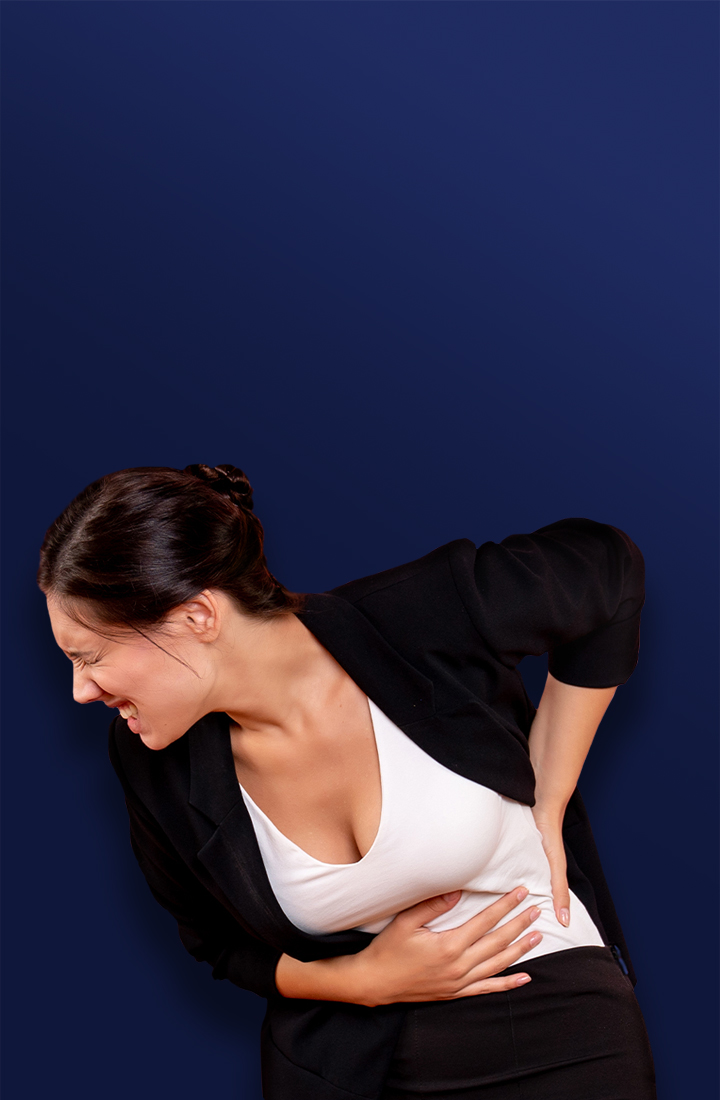

WHEN IT’S MORE THAN JUST CRAMPS
Women can have unique vascular needs that extends beyond that of the heart and can affect a woman’s abdominal comfort and health, such as with uterine fibroids and pelvic congestion.
ProVas is your local, leading specialist for vein and vascular health. With two convenient locations near you in Ogden and Sandy, you'll be able to get the care you need fast and efficiently. Call or click below for more information and to request an appointment today.
CALL USWHEN IT’S MORE THAN JUST CRAMPS
Women can have unique vascular needs that extends beyond that of the heart and can affect a woman’s abdominal comfort and health, such as with uterine fibroids and pelvic congestion.
CALL US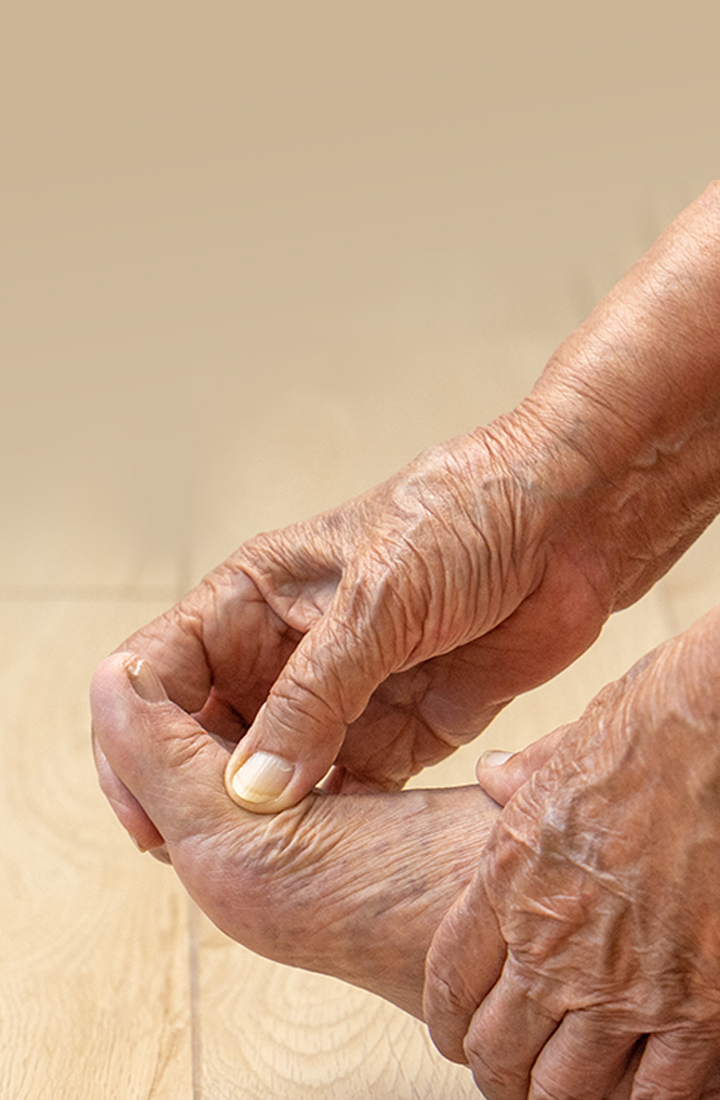
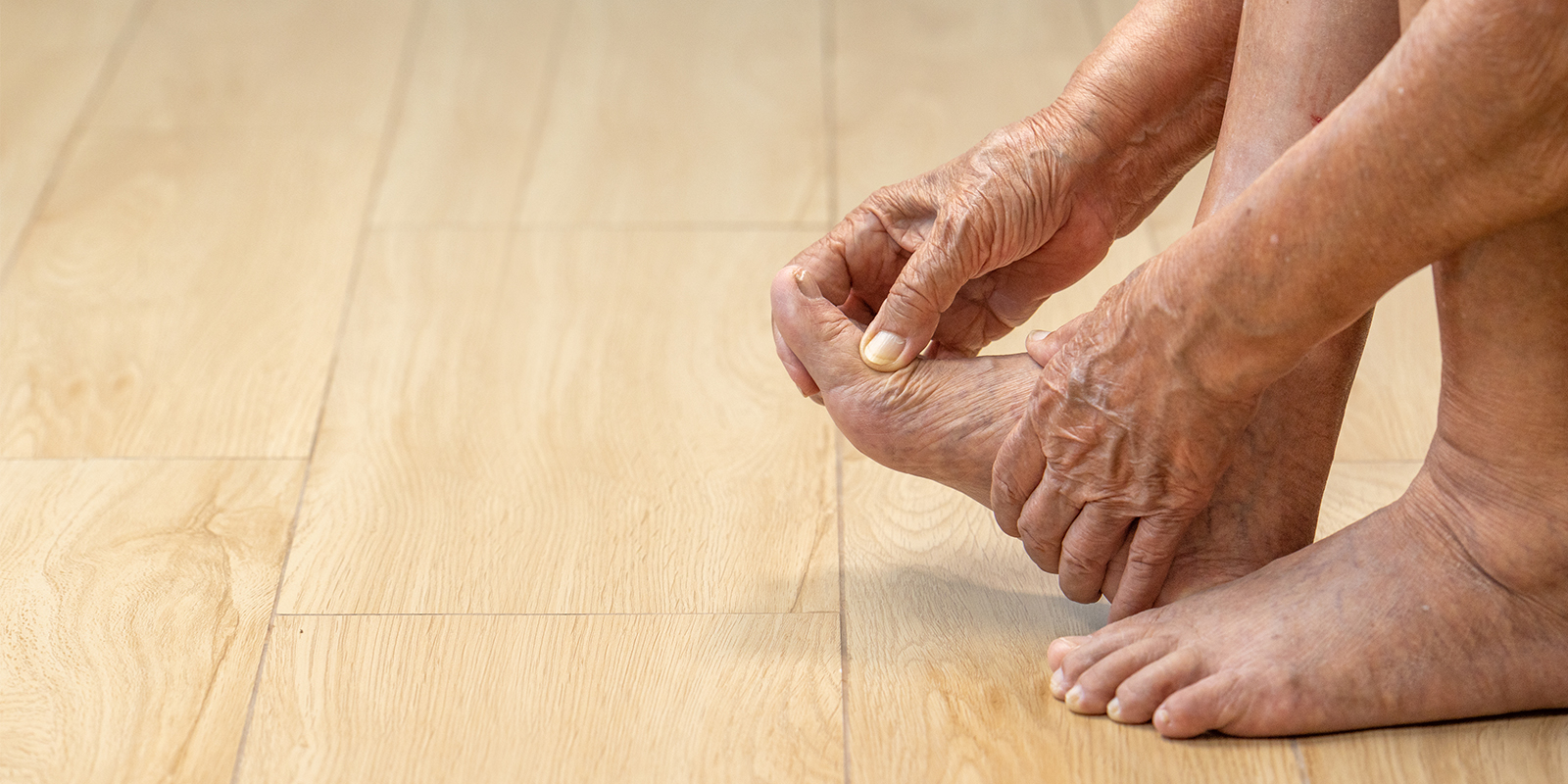
RESTORE FEELING AND SENSATION
Peripheral Arterial Disease (PAD) is a chronic, progressive condition that occurs when arteries that carry blood to the legs and feet become narrowed or blocked, resulting in reduced blood flow. PAD is often caused by atherosclerosis, plaque buildup on the inner walls of the arteries, which leads to inflammation and narrowing of blood vessels. Affected arteries become hardened and lose elasticity, further reducing blood flow to the affected areas. Our providers have specialized training on Venaseal and Varithena to treat PAD as well as many other venous and arterial conditions.
ProVas is your local, leading specialist for vein and vascular health. With two convenient locations near you in Ogden and Sandy, you'll be able to get the care you need fast and efficiently. Call or click below for more information and to request an appointment today.
CALL USRESTORE FEELING AND SENSATION
Peripheral Arterial Disease (PAD) is a chronic, progressive condition that occurs when arteries that carry blood to the legs and feet become narrowed or blocked, resulting in reduced blood flow. PAD is often caused by atherosclerosis, plaque buildup on the inner walls of the arteries, which leads to inflammation and narrowing of blood vessels. Affected arteries become hardened and lose elasticity, further reducing blood flow to the affected areas.
CALL US
Shawn Isaeff, MD
Shawn Isaeff, MD is an Interventional Radiologist Medical Doctor with more than 30 years in practice and extensive experience in evaluation and treatment of peripheral arterial disease and venous disease. His particular interest and experience is in outpatient practice, working in both the OBL and ASC with excellent outcomes. His studies and education started at the University of California, Riverside with a Bachelor of Science in Chemistry, followed by a Doctor of Medicine from Loma Linda University, as well as a residency and fellowship program from Dartmouth-Hitchcock Medical Center. He enjoys spending time with family and friends and caring for his dogs.

Sandra Lane, DNP, FNP-BC
Sandra Lane, DNP, FNP-BC, is a board-certified nurse practitioner through the American Academy of Nurse Practitioners. Born in Vilnius, Lithuania, she moved to California at the age of six but spent most of her formative years in Washington state. She completed her undergraduate studies at Washington State University in Pullman and later earned her doctoral degree in family medicine from the University of Arizona, bringing significant expertise in both family medicine and urgent care, with her deepest experience rooted in emergency and vascular specialties.
With nearly 15 years of healthcare experience, Sandra has a broad and diverse clinical background. For the past five years, she has been practicing at Provas, specializing in vascular care. Sandra performs over 16 procedures each week, offering patients skilled and compassionate care.
Outside of her clinical work, Sandra is an avid outdoors enthusiast who enjoys rock climbing and traveling the world.

Niari McFarland, NP
Niari McFarland, NP is a proud, lifelong resident of Utah. The only time she lived outside of Utah was 1998-2000 to start her nursing education at Central Kentucky Technical College where she graduated as a Licensed Practical Nurse. She later obtained an associate degree as a Registered Nurse in 2004 from Salt Lake Community College. She continued her education with a bachelor's degree in nursing and a Master of Nursing and Science in Family Practice from Chamberlain College of Nursing. She loves the mountains and running the trails of Northern Utah.

Jessica Buchanan, LPN, WCC
Jessica Buchanan, LPN, WCC is a Licensed Practical Nurse with over two decades of experience, specializing in wound care and lymphedema therapy. She earned her nursing degree in Colorado more than 22 years ago and has since dedicated the majority of her career to serving patients throughout the Salt Lake Valley. Over the past 20 years, Jessica has developed a strong reputation for her compassionate approach and clinical expertise, working closely with physicians to create personalized care plans that address a range of complex conditions.
Her focus includes managing chronic wounds, supporting patients with neuropathy, and providing comprehensive lymphatic care. Jessica is committed to ongoing education and staying up to date with the latest advancements in her field, ensuring her patients receive the most effective and evidence-based treatments available. Known for her collaborative spirit and patient-first mindset, she strives to make a meaningful difference in the lives of those she cares for.

Sara Mleso, MSN, FNP-C, WCC
Sara Mleso, MSN, FNP-C, WCC is a Board-Certified Family Nurse Practitioner who recently joined our Provas team. Her role includes providing comprehensive patient care through post-operative management, diagnosis and treatment, risk assessment and prevention, and advanced wound care. With over 20 years of healthcare experience, including more than a decade as a registered nurse serving the geriatric veteran population in northern Utah, she brings a collaborative perspective and knowledge to her role.
She is passionate about patient advocacy, offering anticipatory guidance, and delivering high-quality, personalized medical care. As a nurse practitioner, her goal is to provide holistic, patient-centered care that fosters positive, successful outcomes for those she serves.
SERVICES & TREATMENTS
SERVICES & TREATMENTS









INSURANCE ACCEPTED
Please note: This is not a comprehensive list of plans with whom this provider is contracted. Although the provider is contracted with an insurance, he or she may not be contracted with certain plans. It is the patient’s responsibility to contact the insurance company to verify the provider is on a specific plan.
Please note: In the event you do not see your specific plan listed, you can always call our office for clarification. Additionally, cash pay prices are available.
Shawn Isaeff, MD
Insurance
- AARP Optum
- Aetna
- BCBS
- Cigna
- Cigna Healthsprings
- HealthChoice UT
- Humana
- Medicaid
- Medicare UT
- Molina Marketplace
- MotiveHealth
- Multiplan/PHCS
- PEHP
- Railroad Medicare
- United Healthcare
- University of Utah
- Wise
Sandra Lane, NP
Insurance
- Molina
- Select Health
- AARP Optum
- Humana
- Health Utah (Motiv)
- Medicaid
- United Healthcare
- PEHP
- Cigna Healthsprings
- Railroad Medicare
- University of Utah
- Pultiplan
- Medicare
- Cigna
- Wise
Niari McFarland, NP
Insurance
- Cigna
- Cigna Healthsprings
- HealthChoice UT
- Humana
- Medicaid
- Medicare of Utah
- Molina Marketplace
- MotiveHealth
- Multiplan/PHCS
- PEHP
- Railroad Medicare
- United Healthcare
- University of Utah
- Wise
WHY REFER TO US
WHY REFER TO US
PROVAS PROVIDES THE BEST CARE FOR YOUR PATIENTS
QUALITY
ProVas is continually developing new treatment techniques to refine and improve existing procedures to ensure your patients get the best care possible.
EASE
Click. Call. Fax. We make it a point to offer several ways to refer patients, all streamlined to save you time. Use our online referral form when it is convenient for you.
COLLABORATION
Working together with our medical colleagues is a high priority for our team to ensure your patients receive the best quality of care possible. We will refer your patient back to your ongoing care after being seen at ProVas and can continue to follow our patients longitudinally.
ACCESS
We can easily email or fax requested reports to referring providers with comprehensive follow-ups.
AVAILABILITY
Once we receive a referral from you, our team commits to contact your patient within 24-48 hours.
LOCATIONS
LOCATIONS
CONTACT US
CONTACT US
If you have any questions, concerns, or comments regarding ProVas, please fill out the short contact form below.
